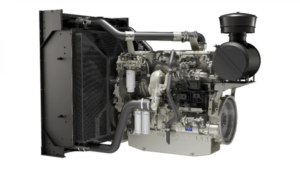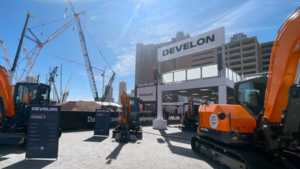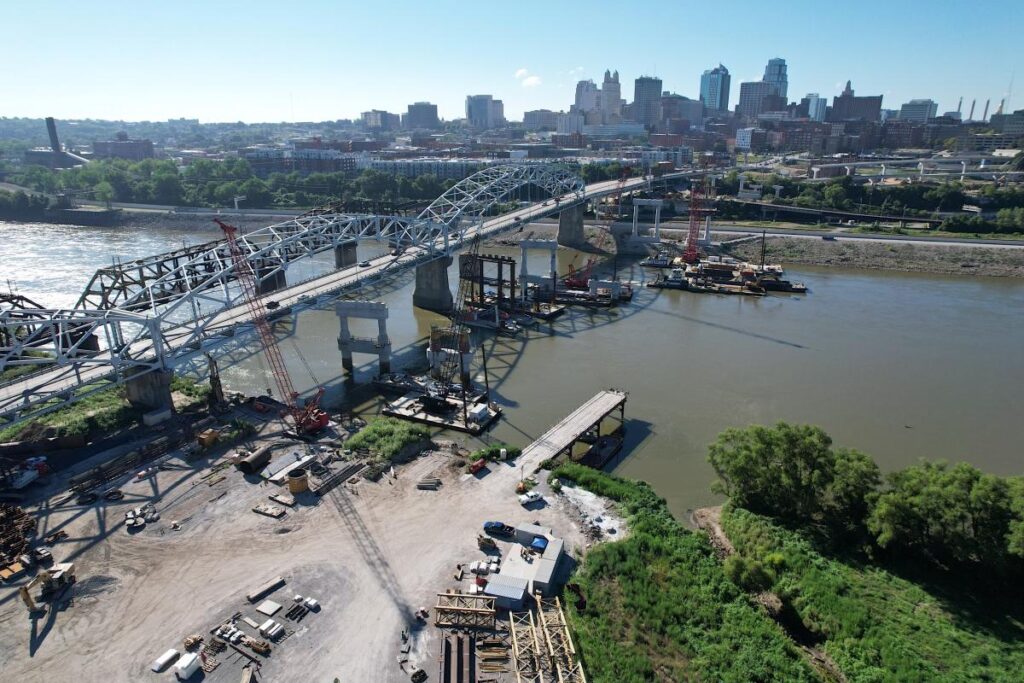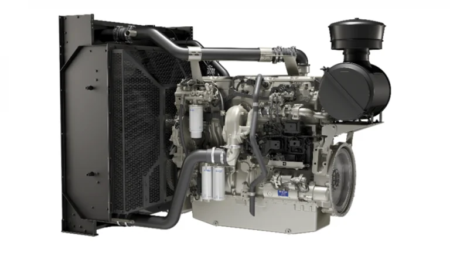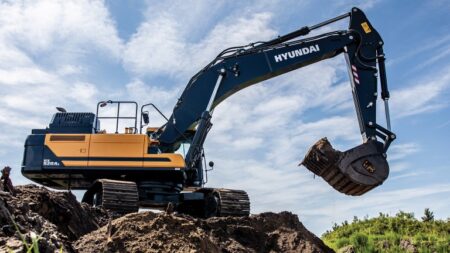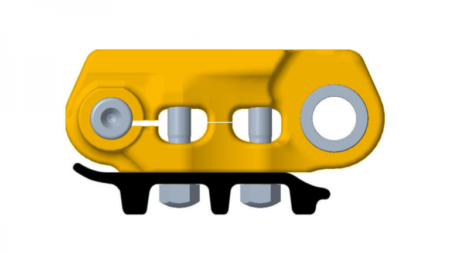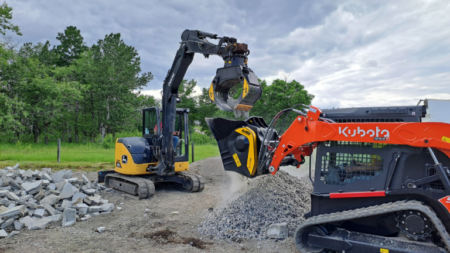Photo courtesy of MoDOT
As the $220 million Buck O’Neil Bridge replacement effort nears its completion date, construction crews are committed to finishing the design-build project on time and under budget.
As the $220 million Buck O’Neil Bridge replacement effort nears its completion date, construction crews are committed to finishing the design-build project on time and under budget.
“As we start moving into the final year, we are focused on the final push to get all the work done,” said James Pflum, Missouri Department of Transportation (MoDOT) project manager. “This includes beginning to look at closing our various sections of the project. We are starting to think of punch lists and what the final paperwork will look at, all while staying focused on the remaining work to be completed.
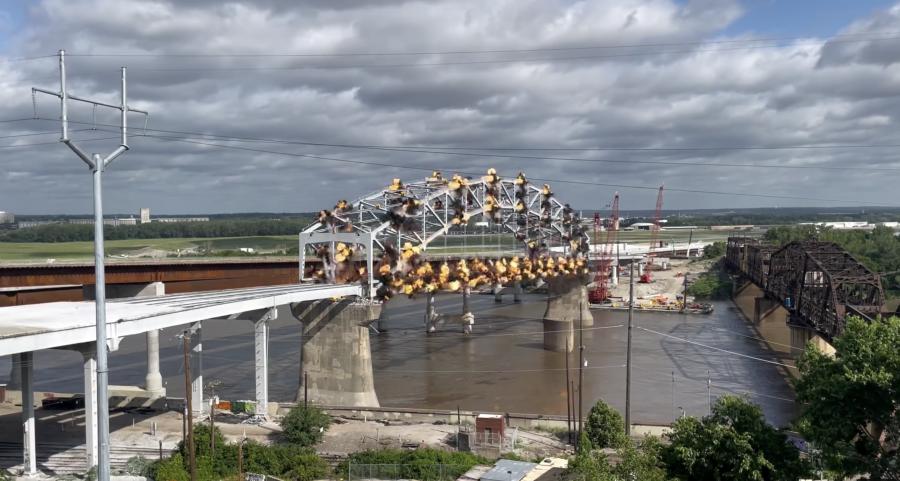
Photo courtesy of MoDOT
“Demolition of the arches on the existing bridge was completed June 18. The removal of the bridges has allowed us to start the final tie-in work. There are three focus areas this year, and all work is on track to be completed by December 2024.”
The original structure, dating back to 1956, is a triple arch bridge carrying U.S. 169 over the Missouri River, and has been considered a key regional connection between downtown Kansas City and communities to the north. While deemed safe, the bridge has reached the end of its lifespan, despite undergoing a short-term rehab in 2018.
Pflum noted there were early discussions about potentially keeping the bridge, but through conversations with Kansas City, it was eventually decided to continue with the plan to demolish the old crossing.
In building the new structure, Pflum said one of the goals is to improve system performance.
“This includes motorists driving through the region, as well as those driving on the city streets. By realigning the bridge, this allowed for the direct connection of U.S. 169 and I-35 to be made.
“Prior to the job, motorists had to travel through signals to make this movement. By taking traffic off the city streets, and the new connections and realignments, this will help those driving on city streets.”
The biggest impact to traffic involves SB U.S. 169 being detoured onto SB I-29. This detour will remain in place until the end of the year. Beyond this, the project has day-to-day closures of streets and ramps as needed.
Massman-Clarkson, a joint venture, is the design-build contractor.
“Massman-Clarkson brings years of experience,” said Pflum. “They have worked with MoDOT on previous design-builds, built major river and urban corridors and have a partnering attitude that allows us to work together to find the best solutions for the traveling public.”
Pflum said with construction expected to be completed by year’s end, there are challenges that must be addressed.
The last drilled shafts are being installed and crews are setting form work and rebar for columns and the bridge decks. Other crews worked in the river to reconfigure some of the causeways in preparation for demolition.
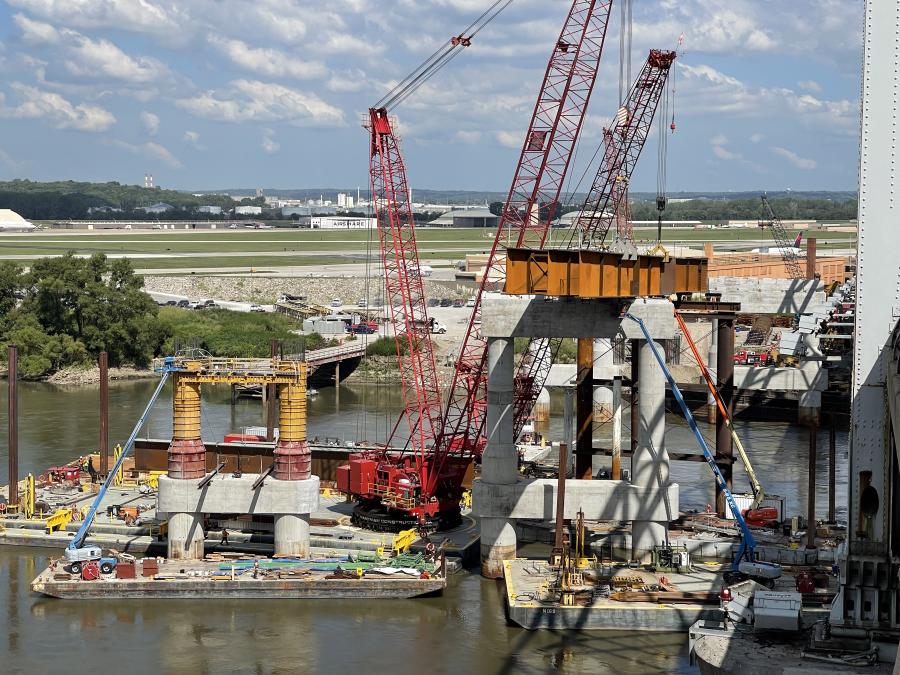
Photo courtesy of MoDOT
“With 85 percent of the job done, most of the bridges and paving have been installed at this point. Five of 10 bridges are completed and open to traffic, with the remaining getting closer to being opened. The demolition of the existing bridge has opened a lot of new work areas for the project.
“Each arch of the existing Buck O’ Neil Bridge has been brought to the ground and disposed of. The main spans were brought down with explosive methods. The first two spans were able to be blasted down onto the ground or onto a causeway. The final blast fell into the river. The construction team then had 48 hours to remove the steel in the river.”
In addition to this work, there are other portions of the bridge demolition that are tackled using excavators and cranes. The crews removed the concrete deck and then cut the structural steel apart.
Other demolition included tearing down six buildings and four other bridges.
There are approximately 90,000 cu. yds. of earthwork to be moved on the job. Pflum said several steps in bridge construction remain, but not at the scale of what has been built in past years. Foundations will be completed soon, leaving a few columns, girders to be set and bridge decks to be poured. The final tie-in roadway work also must take place.
Pflum noted that weather conditions have been standard compared to previous years and have been managed well by the contractor. The bigger issue has been conditions in the northern states, and how they affect the river levels transitioning from winter into spring. This has required attention to plan for the river work.
Equipment currently on site includes Manitowoc cranes; Caterpillar excavators (328D,336); Caterpillar bulldozers (D6); a Volvo sheepsfoot roller; a John Deere tractor (4840) and pavement breaker; Tadano Mantis boom cranes; Grove boom cranes; Caterpillar drill rigs; Caterpillar skid steers (289D); Komatsu excavators (PC 360LC); a Caterpillar telehandler (TL1255D); Hitachi excavators (350 LC); and a Soilmex SR-75.
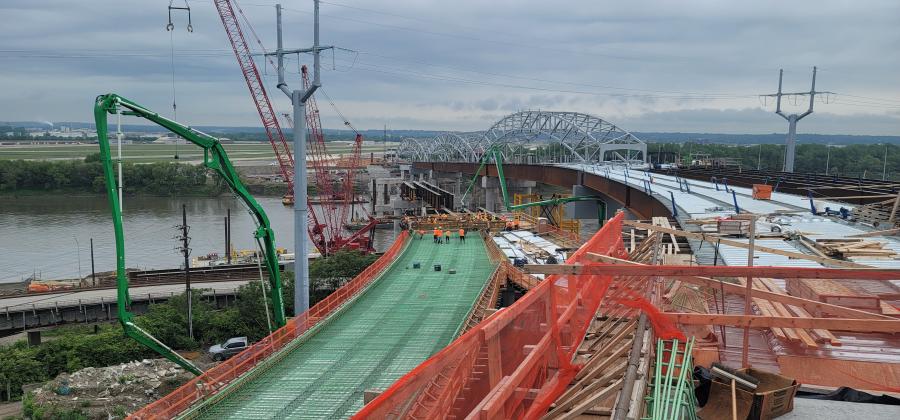
Photo courtesy of MoDOT
Crews are mainly using dirt for fill material, concrete and rebar for bridge elements and concrete and steel girders on the job.
Pflum said the biggest concern on a project of this nature is the fact this corridor is used by a lot of drivers daily.
“We want to make sure we are always communicating work to the traveling public; especially as big changes are occurring. Also, we want to make certain the final project considers what is needed for the region and deliver a long-lasting infrastructure need to the city.”
He added, “It’s incredibly exciting to see all the work coming together. As we get closer, I think the traveling public will begin to be excited as they see the benefits about to be realized.
“It’s fulfilling to see all the years of preparation and planning coming to fruition. I think of all the people who have worked on this project, and to see it ending as we planned feels good.” CEG
Read the full article here


